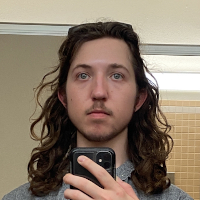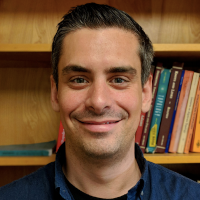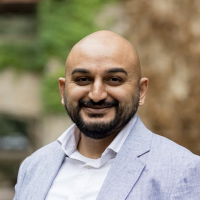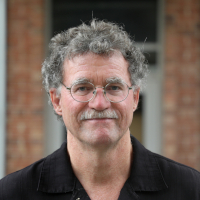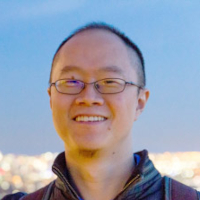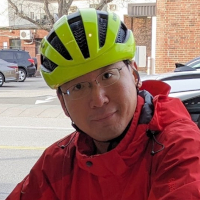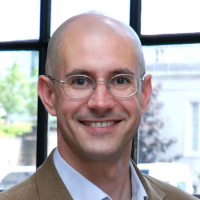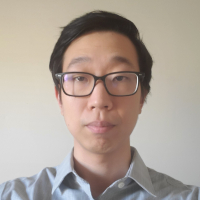Doron Levy (University of Maryland, Mathematics)
235 Little HallImmunotherapy: Using math to help the immune system fight cancer In recent years, immunotherapy has been taking a central role in cancer therapies. In this talk we will provide an overview of some of our recent works in mathematical modeling of immunotherapy. Among the topics we will discuss are engineered T cell therapy, transforming growth …

